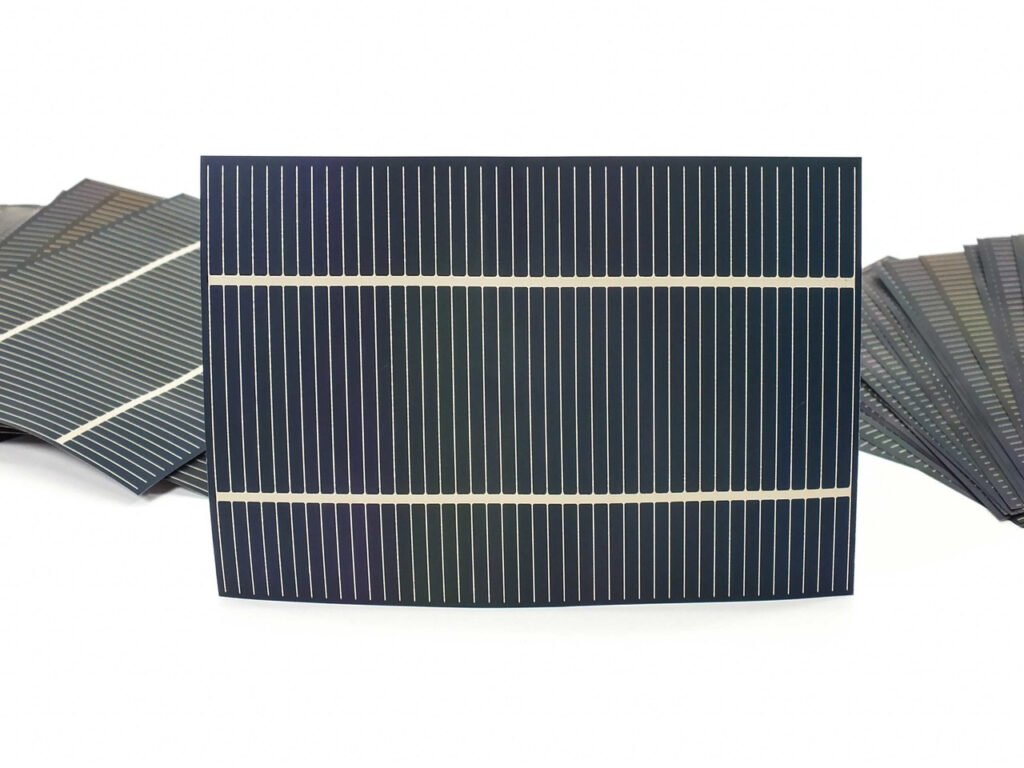CIGS solar cells, or copper indium gallium selenide solar cells, are a type of thin-film solar cell that converts sunlight into electricity. The name CIGS refers to the composition of the semiconductor material used in these cells.
- Absorption of Sunlight: CIGS solar cells use a thin layer of semiconductor material (CIGS) to absorb sunlight. The material is typically in the form of a thin film deposited on a substrate, such as glass or flexible materials.
- Generation of Electron-Hole Pairs: When sunlight strikes the CIGS layer, it excites electrons in the material, creating electron-hole pairs. The energy from the absorbed photons promotes electrons from the valence band to the conduction band, leaving behind positively charged holes in the valence band.
- Separation of Charge Carriers: The electron-hole pairs need to be separated to generate an electric current. The structure of the CIGS solar cell includes a built-in electric field, typically achieved through the selection of specific materials and layers. This electric field helps in separating electrons and holes.
- Collection of Charge Carriers: The separated electrons and holes are collected at the electrical contacts in the solar cell. Electrons move toward the n-type (negative) side, and holes move toward the p-type (positive) side. This movement of charge carriers creates an electric current.
- Generation of Electrical Power: The electric current generated by the movement of charge carriers is then collected and can be used as electrical power. External circuitry is connected to the solar cell to allow the flow of current and the generation of usable electrical energy.
CIGS solar cells are known for their high efficiency and the potential for flexibility, making them suitable for various applications, including building-integrated photovoltaics and portable electronic devices. The combination of copper, indium, gallium, and selenium in the semiconductor material contributes to the unique properties of CIGS solar cells.


